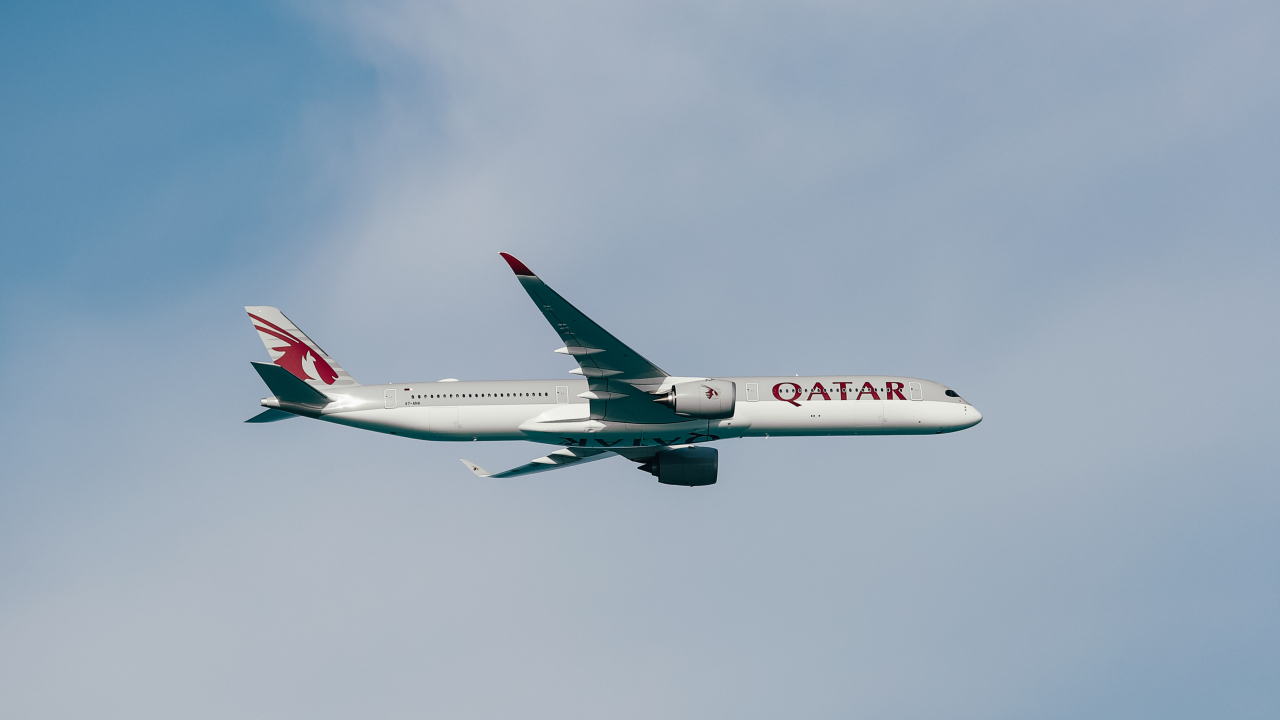Aerospace supply chain facing huge backlog of orders, says AlixPartners Study

According to a study of the aerospace and defense industry released today by global business advisory firm, AlixPartners, the industry must increase production rates by 45% in volume by 2015 if it is to meet demand, representing the industry’s biggest challenge in the coming years.
Looking at the aerospace and defense industry as a whole, the study finds that it is in better shape than last year. The commercial aircraft sector has rebounded, driven by approximately 5% growth in airline and cargo traffic globally and the acceleration of old-aircraft replacement with fuel-efficient alternatives.
However, the future profitability of the airline industry remains uncertain, says the AlixPartners study, with fuel price instability (despite some stabilization of late) and degrading economic drivers weighing on outlook. The study found that net profits for the airline industry globally have been squeezed to an all-time industry average low of 0.5% of revenues -- due to fierce competition, overcapacity-related revenue pressures and rising operating costs.
The study also shows a real contrast in the growth rates globally between OEMs and suppliers, with the former lagging by nearly five percentage points on average – and this gap looks set to widen. In 2011, suppliers globally saw average sales growth of 10.4%, compared to just 1.0% on average for OEMs.
In the business jet market, while there is no significant upturn as yet, China remains an untapped opportunity with significant under-representation, says the study. In the defense sector, while sovereign spending cuts have received significant attention this year, AlixPartners predicts continued impacts going forward on the industry in the U.S. and Europe, mitigated somewhat by growth in the BRIC countries and other emerging markets.
Eric Bernardini, managing director at AlixPartners and head of the firm’s global Aerospace & Defense Practice, said: “Right now, beneath the surface, every level of the aerospace & defense supply chain is scrambling to accelerate in terms of performance, on-time delivery and service levels. The success of more fuel-efficient commercial aircraft by Airbus and Boeing will eventually drive increased financial performance. In the meantime, however, supply chain pressures may drive a period of further consolidation amongst Tier 2 and Tier 3 suppliers, especially in segments where fragmentation is still high, such as aerostructures components. The other side of the coin is that some “super-Tier 1” suppliers may have become so big that they represent a risk which needs to be addressed by the OEMs by getting “under the hood” of all their suppliers, and their suppliers’ suppliers. Companies need to ask a lot of questions in order to make sure they are in total control of the ramp-up and have the insight to anticipate any issues.”
Commercial supply chain: Ramp-up under heavy stress
Airline leadership teams have so far addressed operating cost pressures by ramping up orders for new, more advanced, aircraft, notes the study, as companies shoot for a 20% improvement in fuel efficiency to help them remain competitive. However, the challenge with these new aircraft is that they incorporate new technologies -- for instance in engines -- that add further strain to the supply chain. According to the study, a 45% increase in production is expected by 2015 although taking into account the greater complexity of the new models, the increase could be upwards of 70%.
According to the study, while order books look healthy and Tier-1 equipment suppliers are expected to do well, OEMs should be worried about whether their supply chains will be able to keep up. OEMs, such as Boeing and Airbus, and engine suppliers such as GE/Safran, Rolls and Pratt & Whitney, will need to considerably ramp-up their supply chains. To mitigate their risk, AlixPartners says OEMs should be driving greater integration of their “operational environments” -- working far more closely with suppliers, putting in place early-warning systems to improve response time to issues and getting ready to provide operational and financial support to suppliers – even for acquisitions as a last resort.
MRO Market: Growth ahead - but winners and losers
The news is mixed for other parts of the market, says the study. In the field of maintenance, repair and operations (MRO), market growth is being driven by the increase in passenger numbers and the growth in fleet sizes from new airplane orders. Growth economies, such as China -- forecast to achieve approximately 14% of global market share by 2021 -- are also expected to play a part in this upward trend.
But as the cake gets bigger, many companies must make do with a smaller slice. OEMs are increasingly moving into the MRO area, says AlixPartners, as their airline customers demand a “one-stop shop”, and new planes today have longer service intervals. In what is a highly fragmented market -- especially in the daily maintenance, airframe and modification segments -- AlixPartners notes that the recent list of bankruptcies demonstrates the challenge of remaining profitable. Smaller MRO players could experience the most serious difficulties, the firm says.
AlixPartners states in its report that some key drivers could alter the profit-distribution outlook among players and bring about strong evolutionary pressures. One example: OEMs expanding into MRO services, such as through fly-by-the-hour offerings. In response, MROs are expected to expand the services they offer to encompass more elements of the aircraft, whether through joint ventures, alliances or acquisitions. Meanwhile, to survive MROs will need to increase efficiency, and to rebalance their global footprints, building up infrastructure close to the sources of their growth but also in areas where costs can be kept down, such as Asia. Longer term, the report suggests that the surplus and parts-manufactured-approved (PMA) markets may also become a key factor, mostly driven by surplus parts from the retirement of older, less fuel-efficient aircraft, and their use for spare parts. This will clearly put further pressure on margins in the OEM parts market, says AlixPartners.
Defense and security: Defense budget cuts hit the industry
The macroeconomic factors affecting the global defense sector are clear, notes AlixPartners. As the campaigns in Iraq and Afghanistan wind down, and with federal treasuries around the world looking for savings in the wake of the credit crunch, defense budgets are shrinking significantly. In Western defense companies’ core markets, AlixPartners believes that the emphasis over the next five years will shift from large capital programs to upgrades, life-support, technology-insertion and service-provision programs, as the focus moves to extending the life of aging military equipment.
“In spite of the fact that the last few years have seen a worrying proliferation of global security challenges, with a number of failing and failed states in critical areas for global trade, military spending remains a low priority. Western governments remain pre-occupied with financial crises, and post-Iraq and -Afghanistan campaign recuperation will be a major challenge for the rest of the decade, likely with a focus on personnel at the expense of capital projects. The remaining defence spend is likely to signal a move away from land-based warfare and towards air and sea defence,” according to Carl Hanson, managing director at AlixPartners.
Faced with the contraction of their traditional markets, defense companies will need to pursue four key strategies to sustain growth and shareholder value, says AlixPartners:
- They will need to increasingly look to expand their share of the value chain, migrating into fields such as MRO and training.
- They will need to expand into new geographies where pockets of growth still exist, such as the BRICs and the Middle East -- but competition will be fierce.
- They will need to explore the application of their technology into adjacent sectors -- key amongst these being cyber-security and energy, each of which is demonstrating healthy growth today.
- Finally, they will need, due to today’s continued tough economic environment, more aggressive portfolio management, including the divestment of non-core and less-profitable segments, and acquisitions in niche areas where the returns and growth prospects look more promising.
Business jets: Growth potential in China
To date, China has accounted for a very low proportion of the business jet market, both relative to its size in the global economy and to its number of high net-worth individuals. However, the AlixPartners report shows, the Chinese business jet demand is growing rapidly. China accounted for only 1% of the global business jet fleet in 2010, but deliveries have grown 31% annually over the last four years. China is expected to continue outperforming the wider market, with AlixPartners predicting that the Chinese business jet fleet will increase seven-fold by 2020, and double in size again by 2030.
The future challenges
As new-aircraft orders rise and industry focus continues to shift away from defense towards the commercial sector, AlixPartners sees four macro challenges for the entire aerospace value chain:
Shortage of competency -- currently there is limited expertise in supporting several new programs in parallel whilst production is ramped up so steeply. The processes for building these new aircraft are not established enough to facilitate rapid and effective training to expand the workforce, and there is limited experience available of managing these complex projects.
Capacity -- there is a long lead-time between the planning and the effective availability of new capacities -- for example, in forgings -- and the cash required to fund such upgrades has been in short supply during the recent downturn.
Raw-materials supply chain -- there are long lead-times on key raw materials, such as carbon fiber, and these materials are highly subject to shortages and price increases, added to which their suppliers usually hold only limited inventory of these expensive materials at any one time to manage their cash effectively.
Industrial maturity -- as with the workforce, the newness of the materials and processes used in new aircraft could lead to issues with quality and repeatability of manufacture, along with reliability issues per some of the materials provided.
While ramping up production, OEMs today continue to restructure their supply chains towards greater integration, cost reduction and on-time quality delivery. However, says AlixPartners, a shift in approach may be required, including a far more collaborative approach toward supplier relations, ensuring that suppliers have the capability to develop their new products and flawless industrial ramp-ups, which in turn will lead to reduced cost and increased efficiencies.
Stay up to date
Subscribe to the free Times Aerospace newsletter and receive the latest content every week. We'll never share your email address.

